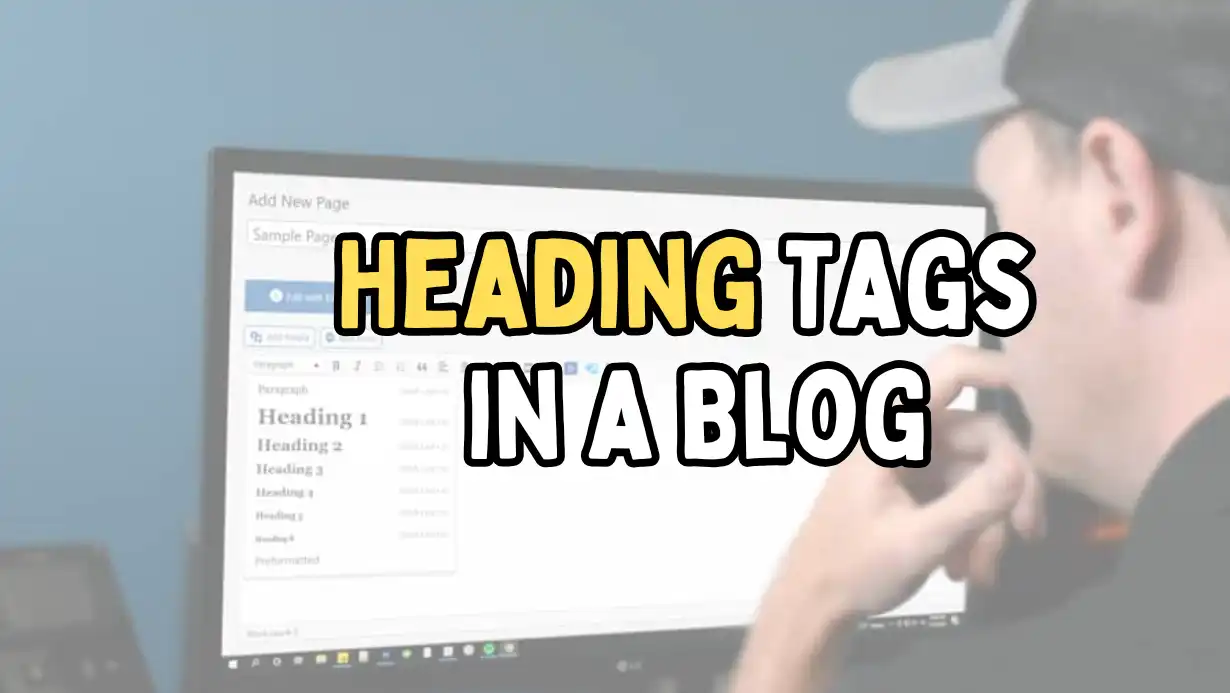Heading tags are a fundamental aspect of on-page SEO and play a crucial role in structuring your content effectively. This article explores where and how to use heading tags in your blog, highlighting their importance for both SEO and user experience.
What Are Heading Tags?
Heading tags, ranging from H1 to H6, are HTML elements that define headings and subheadings in your content. They help search engines understand the structure of your blog and the hierarchy of information presented. Here’s a breakdown of each heading tag:
- H1: Main title of your blog post (only one per page).
- H2: Subheadings that categorize sections within your content.
- H3-H6: Further subdivisions of content; these can be used for more detailed sections as needed.
Where to Use Heading Tags in Your Blog
1. H1 Tag: The Title of Your Blog Post
- Usage: Your blog’s main title should be enclosed in an H1 tag. This tag is crucial for SEO as it informs search engines about the main topic.
- Best Practice: Keep it concise and include primary keywords.
2. H2 Tags: Main Sections of Your Content
- Usage: Use H2 tags to break down your blog into main sections. Each section should cover a specific aspect of the topic.
- Best Practice: Incorporate secondary keywords relevant to the section’s content.
3. H3 Tags: Subsections Within H2 Sections
- Usage: H3 tags can further divide H2 sections into more detailed topics.
- Best Practice: Use H3 tags to provide additional context or examples within the H2 sections.
4. H4-H6 Tags: Further Breakdown
- Usage: If your content requires even more granularity, you can use H4 to H6 tags.
- Best Practice: Limit their usage to avoid cluttering your content; these tags are often not necessary for most blog posts.
Pros and Cons of Using Heading Tags
Pros
- Improves Readability: Clear headings guide readers through your content, making it easier to skim.
- SEO Benefits: Proper use of heading tags helps search engines index your content effectively, enhancing visibility.
- Better User Experience: Well-structured content keeps readers engaged and reduces bounce rates.
Cons
- Overuse Can Be Confusing: Misusing heading tags (like having multiple H1 tags) can confuse search engines and readers.
- Requires Attention to Detail: You need to ensure your headings accurately reflect the content that follows, which can be time-consuming.
Conclusion
Using heading tags correctly in your blog is vital for both SEO and user experience. By strategically implementing H1, H2, H3, and other tags, you can enhance the readability of your content while boosting its visibility in search engines. Remember to always focus on clarity and relevance to maximize the benefits of heading tags.
By following these best practices, you can create well-structured blog posts that engage your readers and rank higher in search results. Happy blogging!
